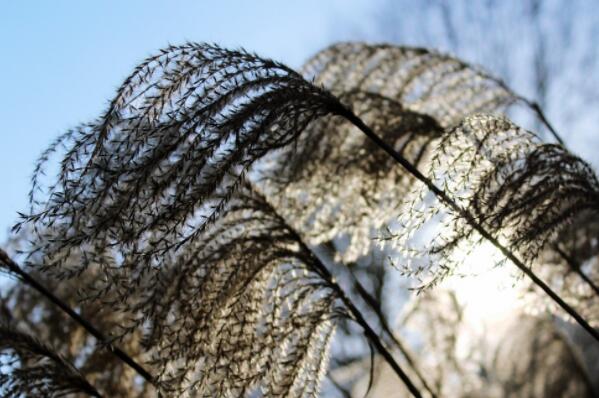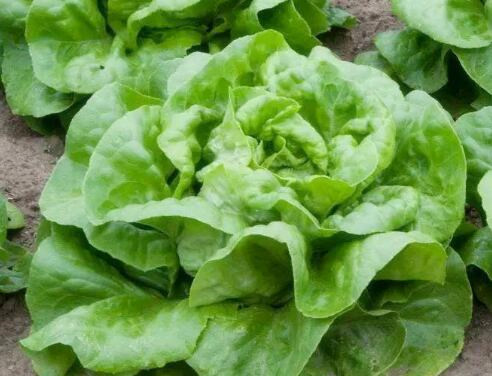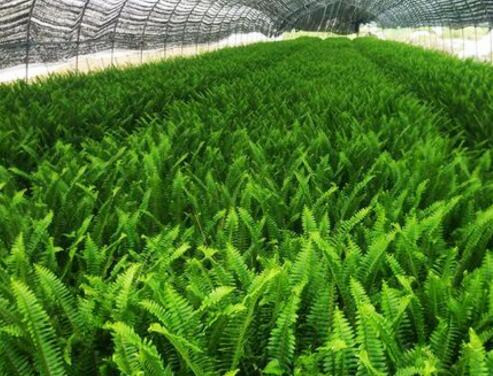How much is the price of many years of aquatic Reed seeds per jin? What are the economic benefits and prospects of planting? Planting technology
Reed, also known as Reed, tall aquatic or wet grasses for many years, Reed leaves, Reed flowers, Reed stems, Reed roots, asparagus can be used as medicine. So how much is the price of Reed seeds per jin? What are the economic benefits and prospects of planting? What are the planting techniques? It is learned from Changsha seed Company that if the price of Reed seed is more than one yuan, the price will be different due to differences in quality and variety.

What are the economic benefits and prospects of Reed planting?
1. Reed is not only a high-quality variety to control water pollution, but also an important component in the manufacture of waterscape ornamental plants. It has green color, vitality and high appreciation value. Reed, also known as Reed, and so on, belongs to perennial herbs. The width of the flower is 3.5~5.5cm, the height of the plant is 145 to 375cm, and the flowering time is 15-25 days. The flowering situation is slightly different in different places. Reed has a good emergence rate and a wide range of planting places. it is a tourist scenic spot and an excellent species for the construction of landscape flowers. It is widely used in various parts of the motherland and is often found in the fields.
2. Reed is different from other plants, one planting has been effective for many years, except for more capital and labor input in the first year, from the second year, only Reed irrigation, fertilization, pest control, field management and Reed harvest are needed.
3. Reed wetland is a transitional type between terrestrial ecosystem and aquatic ecosystem. It is a kind of semi-aquatic and semi-terrestrial transitional plant. The ecological conditions of Reed wetland change greatly, and the edge effect is significant, which can provide a diversified living environment for a large number of organisms. Therefore, the species and populations in the Reed wetland ecosystem are very rich and diverse.
Reed wetland can be used as a direct source of water or supplement of groundwater to effectively control floods and prevent soil secondary salinization. Retained sediments, harmful toxic substances and nutrient-rich substances. Effectively degrade environmental pollution, store carbon in the form of organic matter, and then reduce Greenhouse Effect. Reed wetland is also an ideal place for many animals and plants to grow. For this reason, Reed wetland not only has high biological production capacity, but also provides rich food, raw materials and tourism places for human beings.
What are the planting techniques of Reed?
What kind of environment is suitable for Reed?
The quality of the soil directly determines the quality of the growth of Reed seedlings, if the soil is very good, the growth environment is very good, then staff management will be a lot easier. Reed requires less soil quality, but sandy soil, loess, slag soil, but the sprouting of soil with more sand is general. Reed afraid of waterlogging, need higher terrain to be easy to drain, more water in summer, stagnant water can be discharged immediately, otherwise the seedlings may die locally. The nursery is mainly conducive to the discharge of stagnant water, almost enough soil and plenty of sunshine.
II. Land preparation
1. Cultivated land: Reed is very sensitive to nutrition, the soil is nutritious, the flowering is big and beautiful, and the plant is healthy. But the soil quality of most greening sites is basically nurseries with similar nutrients. Because of this, if you want to blossom beautifully, you still need to sprinkle enough farm manure before sowing, sprinkle with 4-7.5T cow manure and pig manure per mu, turn the soil for deep ploughing once after applying fertilizer, and rake the land once. Only in this way, the soil quality and fertilizer are symmetrically mixed together, so that there are no large blocks of soil, and it is convenient to sow and improve the germination rate.
2. Making beds: in order to facilitate the maintenance measures to be done for the growth of Reed seedlings for one year, such as irrigation, cleaning up weeds, fertilization and so on, Changjing Garden suggests that you turn the land into a standard 1.6m wide bed with a total length of 16m to 25m. The real situation is determined according to the geomorphology.
Third, how to plant Reed
Reed seeds are average in size and have a good germination rate. Shallow sowing is recommended, and the depth of soil cover will not exceed 5 cm. Most of them are planted by sowing method, and in breeze weather, the Reed seeds are mixed into wet sand and scattered evenly on the ground. after planting, they can be covered with artificial soil or mechanical soil, and irrigated once after covering soil, the germination rate can be increased in about 7 ~ 11 days.
Fourth, how to raise Reed
The workload of Reed management during the growth period is very small, he has few diseases and insect pests, and his growth state is strong. The main matters are all gathered in the period of flowering, before flowering, 30 kg of chemical fertilizer is used per mu of land, and the fertilizer before flowering is for a long time to blossom, more blossoms and more beautiful colors. After flowering, there is no need to apply fertilizer, and sufficient water is needed during the period of Reed flowering. At this time, watering times and time should be decided according to the weather conditions.
Time: 2019-03-19 Click:
- Prev

How much is the cream lettuce per jin? How to plant it? How do you cook it? What are the effects and effects?
Cream lettuce belongs to the genus lettuce of Compositae, which is an annual herbaceous crop. The leaves are oval, light green, the leaves are flat, the middle and lower parts are wrinkled, the commodity is good and the leaves are soft. Deeply loved by consumers. So, how much is the cream lettuce per jin? How to plant it? How do you cook it? What are the effects and effects? It is understood that
- Next

How much is a kidney fern? How do you raise it? What are the effects and effects?
Kidney fern is also known as round fern, grate grass, Phoenix egg, centipede grass, stone yellow bark and so on. Native to tropical and subtropical regions, there are wild mountain forests in South China. It has high ornamental and medicinal value. So, how much is a kidney fern? How do you raise it? What are the effects and effects? It is understood that
Related
- Fuxing push coffee new agricultural production and marketing class: lack of small-scale processing plants
- Jujube rice field leisure farm deep ploughing Yilan for five years to create a space for organic food and play
- Nongyu Farm-A trial of organic papaya for brave women with advanced technology
- Four points for attention in the prevention and control of diseases and insect pests of edible fungi
- How to add nutrient solution to Edible Fungi
- Is there any good way to control edible fungus mites?
- Open Inoculation Technology of Edible Fungi
- Is there any clever way to use fertilizer for edible fungus in winter?
- What agents are used to kill the pathogens of edible fungi in the mushroom shed?
- Rapid drying of Edible Fungi

